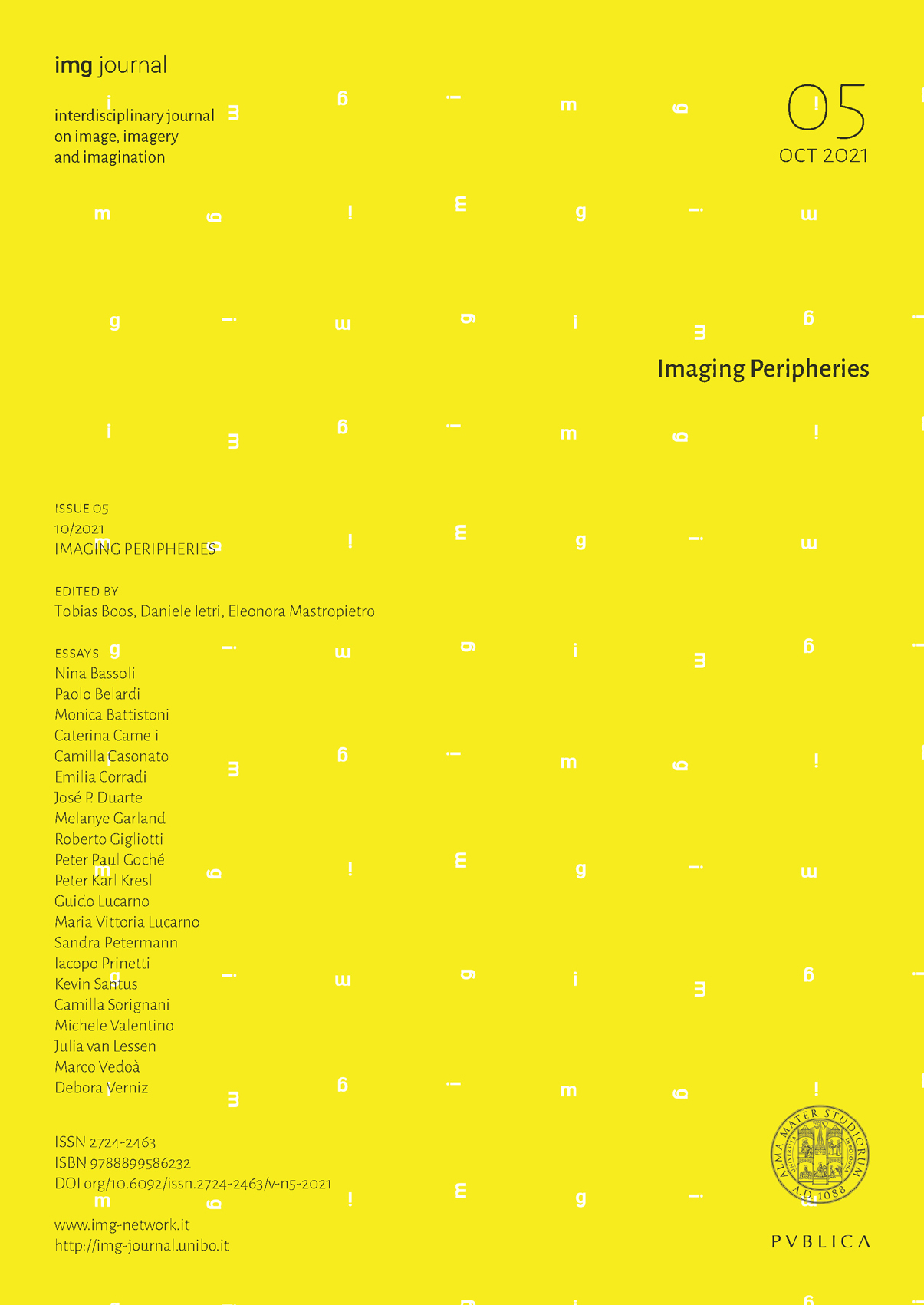Stratifications of the Immigration Landscape. A Case Study on the Outskirts of Milan
DOI:
https://doi.org/10.6092/issn.2724-2463/12855Keywords:
Baranzate, Immigration, LandscapeAbstract
Baranzate is an autonomous municipality of about 12.000 inhabitants on the outskirts of Milan. During its history, since the political Unification of Italy, the town has gradually transformed from an agricultural village to an industrial center that, already after the First World War, began to attract flows of immigrants from the southern Italian regions. After the Second World War, its population grew considerably thanks to the increase in Italian immigration and –more recently– from abroad. With over a third of immigrants among its population, today Baranzate is the Italian municipality –with more than 5,000 inhabitants– with the highest percentage of foreign people. Consequently, the town changed its original housing structure with the establishment of neighborhoods inhabited mainly by foreign citizens.
Is it possible to identify an immigration landscape and its visual characteristics that best describe the settlement dynamics? This paper tries to answer this question by means of images that can show the traces of housing processes and of the difficult paths towards a progressive integration of immigrants into the Italian society.
Downloads
Published
How to Cite
Issue
Section
License
Copyright (c) 2022 Guido Lucarno

This work is licensed under a Creative Commons Attribution 4.0 International License.





